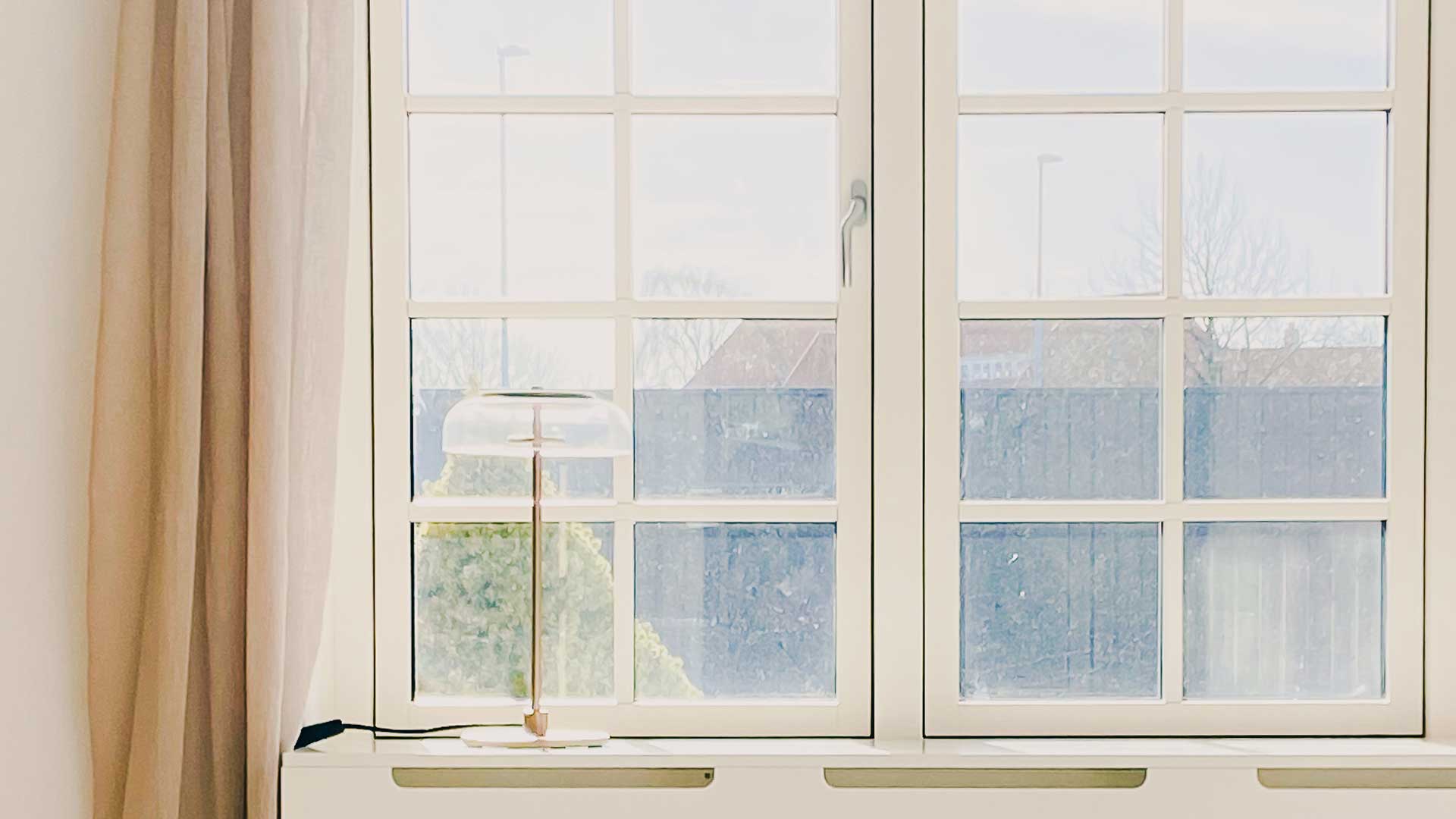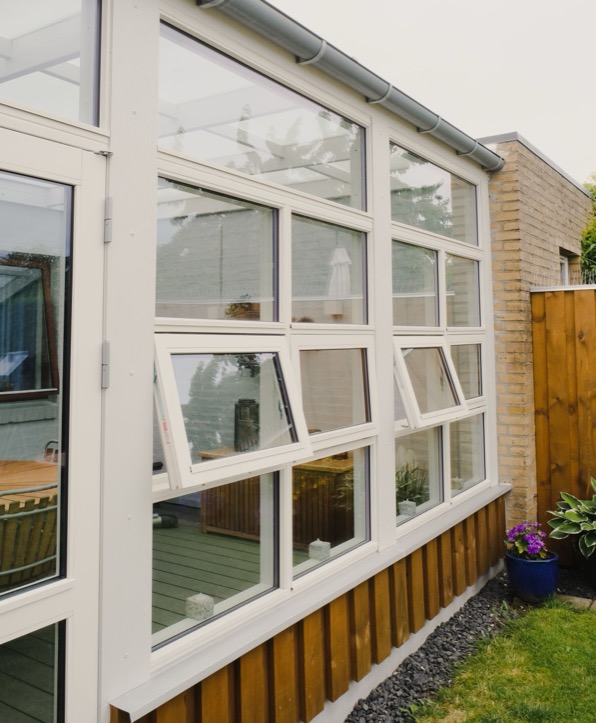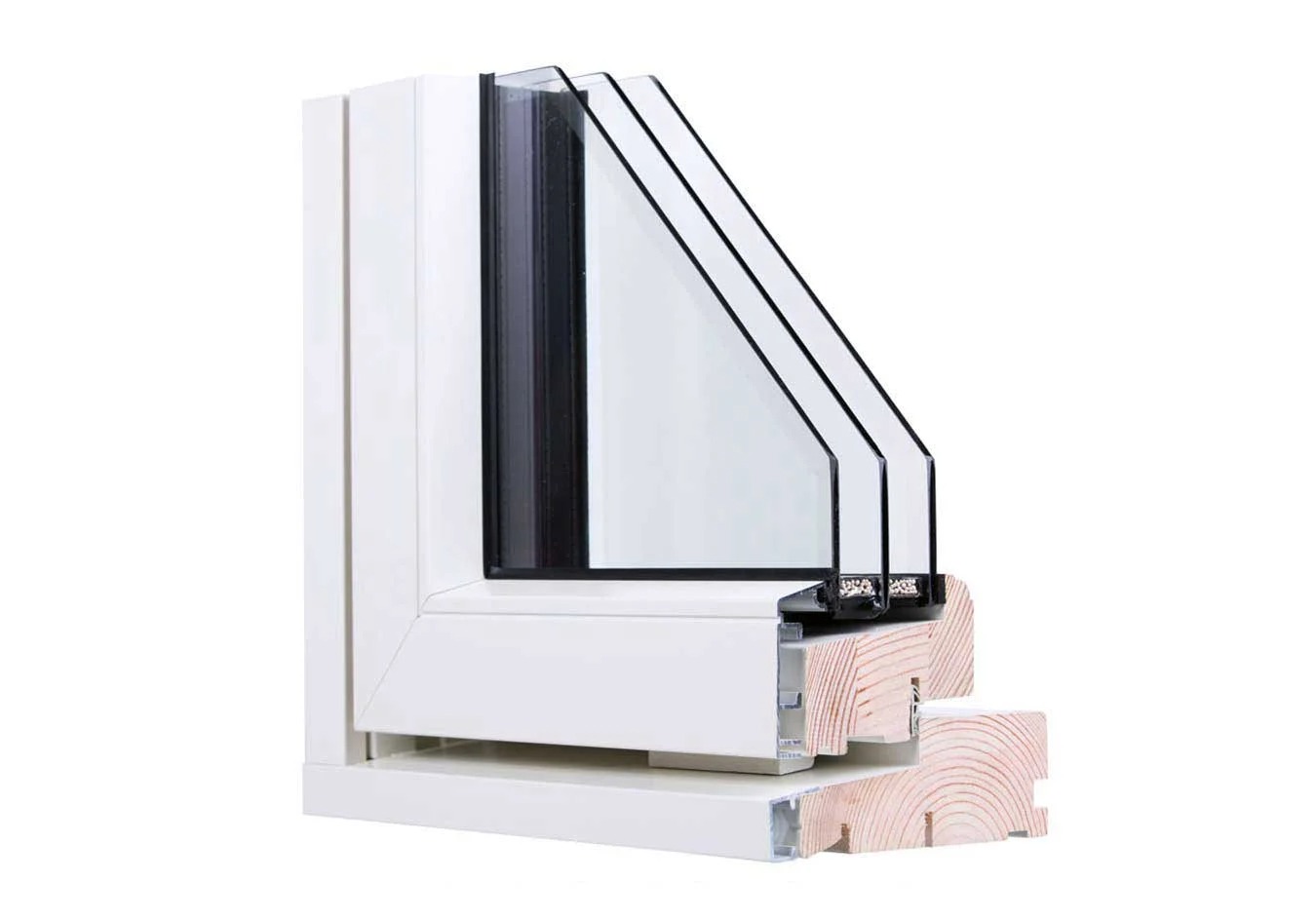
What is U-value?
Table of content

If you are looking into buying new windows, then U-value is a term you might have come across. So, what is U-value, anyways? It is important to understand the term since it has to do with the thermal performance of a window unit. Short and simple, the U-value indicates the amount of heat loss. This means that the lower the U-value is, the better the performance.
For example, if the U-value of a particular window is close to zero, it means that the window is nearly perfectly insulating, since it lets out close to no heat at all. It goes without saying that a favourable U-value is therefore a pretty significant factor to consider when you are comparing different types of windows to purchase.
Klar’s entire selection of double- and triple-glazed windows is extremely energy-efficient with low U-values. This translates to lower energy bills and a more comfortable home environment. If you want to read more about the many benefits, check out our guide on Why Choose Energy Saving Windows.
How is U-value Measured?
Now that we’ve answered the question, “What is U-value?,” let’s look at how it’s measured. It is measured with the units of watts and degrees, with the abbreviations W/m2K. In simple terms, this denotes the rate of heat flow in watts through 1 m2 of a window when there is a temperature difference across the panes of 1 degree in Kelvins.
U-value does not only apply to windows – it can apply to any type of structure. To give an overview of the variations found in the amount of heat transference, here are the corresponding U-values for different types of windows. The values in the bottom two categories – modern double-glazed and triple-glazed windows – are those found in Klar windows.
| Type of window | U-value |
|---|---|
| Old-fashioned double-glazed windows | 3.0 W/m2K |
| Modern double-glazed windows | 1.3-1.5 W/m2K |
| Triple-glazed windows | 0.8 W/m2K |
Energy Efficient Windows: Low U-values and High Energy Ratings
Energy efficient windows have lower U-values and high energy ratings. Since there is a range of factors that determines whether or not a window is energy efficient, it is a good idea to check out its overall energy rating along with the U-value. Once you have a good understanding of what a U-value is, the next step is learning about energy ratings, since they measure different things.
The British Fenestration Rating Council (BFRC) determines the energy ratings of windows along a scale ranging from A++ to E. According to their website, their energy ratings are helpful because they are:
• Impartial
• Consumer-Friendly
• Proven
An impartial rating means that it is vendor-neutral and independent of specific manufacturers. They are consumer-friendly since they are very easy to understand, with A being better than B or C, for example. BFRC ratings are proven by their testing procedures and because of taking “invisible performance” into account.
What is U-value: Double-Glazed or Triple-Glazed Windows
Depending on your priorities when buying windows, you might be considering whether you should go with double- or triple-glazed windows. If your top priority is to reduce costs on energy bills and experience the least heat loss, then triple-glazed windows are a great option since they have the lowest U-value.
Klar triple-glazed windows provide superior thermal performance and are competitive with the best available on the market. What is the U-value of a Klar triple-glazed window? For a standard EU test size of 123x148cm, the U-value is 0.8 W/m2K, sometimes even achieving a value as low as 0.7 W/m2K.
If you are curious about questions relating to U-value and the thermal performance of different types of energy efficient windows, you can read more about it in our article, Double vs triple glazing.
Frame Material, Special Coatings and Fillings
Although glazing plays a significant role in the energy efficiency of windows, frame material, special coatings and fillings can also contribute to the overall energy rating. It is therefore advisable to take note of other elements used in the windows construction when comparison shopping for your ideal, low U-value windows.
For example, Klar’s triple-glazed windows are extremely high-quality, made with a special low-emission coating on the inside and outside that further reduces surface heat radiation and reflects heat back into the home. The argon gas filling between the panes reduces air circulation in this area and also contributes to less thermal transference and a lower U-value.
What’s more, composite windows or ones made with high-quality wood, like Klar’s FSC-certified pinewood, insulate better than frames made only of aluminium or PVCu.
FAQs
What is the best U-value for insulation?
The most superior insulating materials have a U-value that comes close to zero.
Why is a lower number a better rating when it comes to U-value?
Since the U-value measures thermal transmittance from a structure, the closer to zero the better, since it means there is almost no loss of heat.
Since triple-glazed windows have the lowest U-value, will getting them make a significant difference in my home’s energy efficiency?
Most probably, as long as your home’s other features are also energy-efficient and you don’t have significant heat loss from a draughty door, for example. Compared to double-glazed windows, triple-glazed windows can add about one-third more in energy savings.


